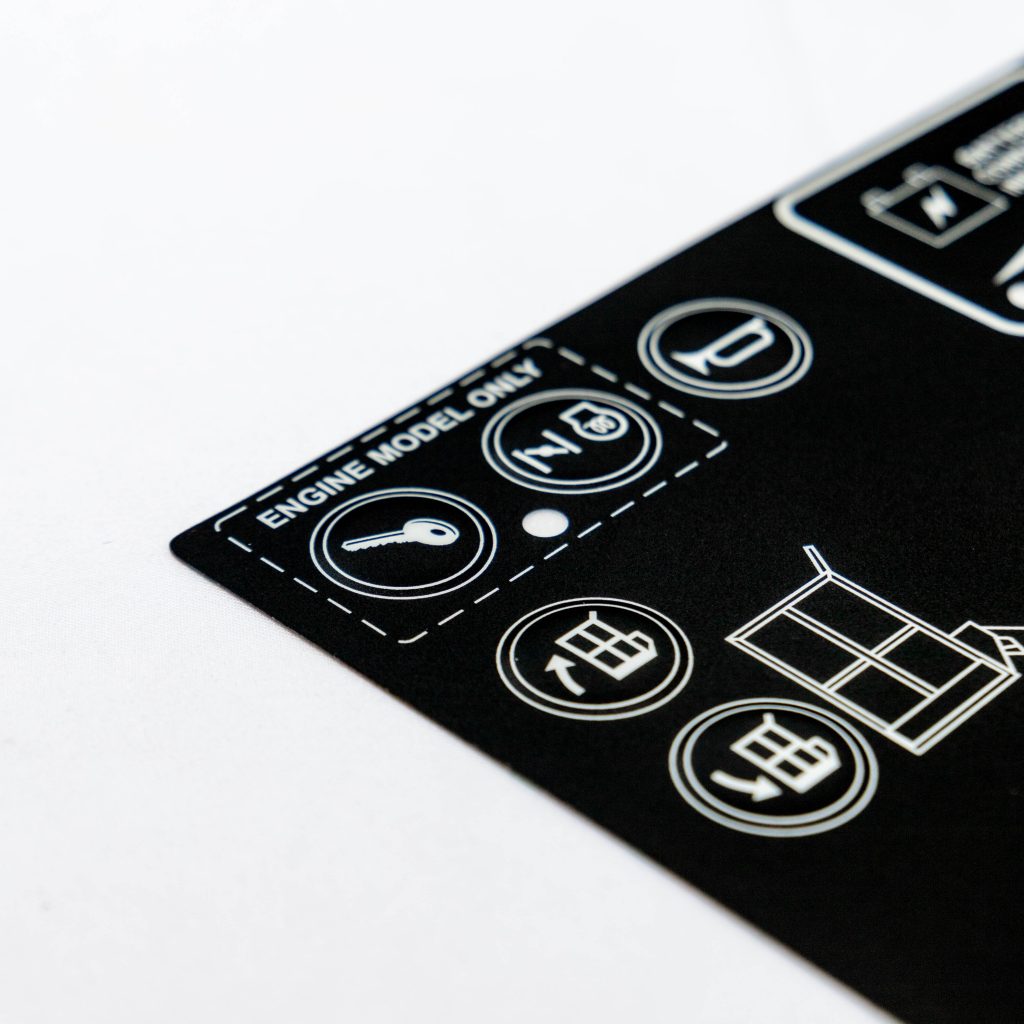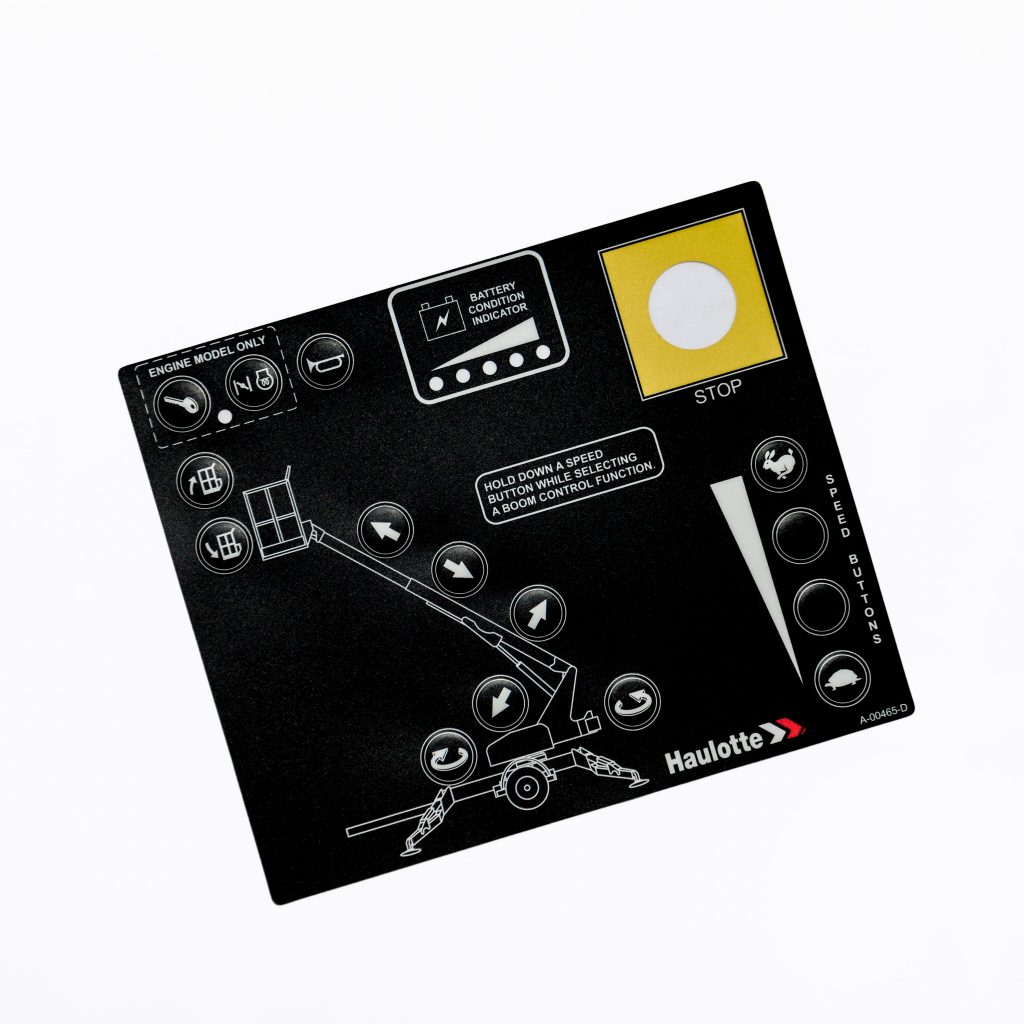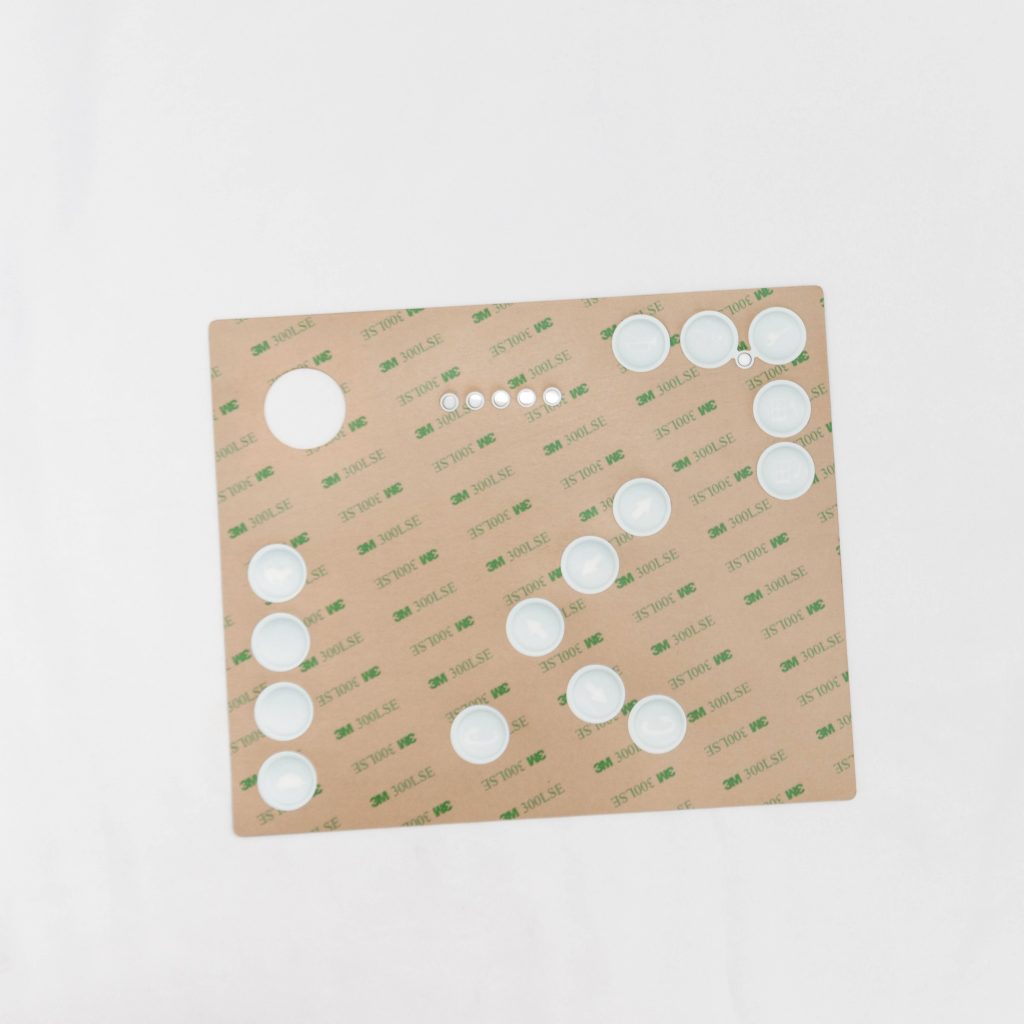Contact
Write to Us And We Would Be Happy to Advise You.
Do you have any questions, or would you like to speak directly with a representative?
By hqt
When it comes to graphic overlay design, there are six key points that every designer should consider. These points play a crucial role in creating visually appealing and functional overlays that enhance the user experience. In this article, we will explore each of these points in detail, providing valuable insights for both novice and experienced designers. So, let’s dive right in and discover the six essential points of graphic overlay design.



In the realm of graphic overlay design, clear and concise communication is paramount. The purpose of an overlay is to convey information to the user effectively. This can be achieved by using simple and straightforward language, paired with visually appealing elements. By ensuring that the intended message is communicated clearly, designers can create overlays that are easy to understand and navigate.
A well-designed graphic overlay should have a clear visual hierarchy. This means that the most important information should be highlighted and easily distinguishable from secondary or tertiary information. By utilizing contrasting colors, font sizes, and styles, designers can guide the user’s attention to the most critical elements of the overlay. This creates a seamless user experience and prevents confusion or information overload.
Consistency is key in graphic overlay design. By maintaining a consistent design language throughout the overlay, designers can establish a sense of familiarity and trust with the user. Consistency can be achieved through the use of uniform fonts, colors, icons, and other design elements. This ensures that the overlay blends seamlessly with the overall user interface and creates a cohesive visual experience.
A well-designed graphic overlay should incorporate user-friendly interactions. This involves considering how the user will interact with the overlay and designing it in a way that is intuitive and easy to navigate. Interactive elements such as buttons, sliders, and dropdown menus should be strategically placed and visually distinct. By prioritizing user-friendly interactions, designers can enhance the overall user experience and increase engagement.
Accessibility and usability are crucial aspects of graphic overlay design. Designers should ensure that the overlay is accessible to a wide range of users, including those with disabilities. This can be achieved by following accessibility guidelines, such as providing alternative text for images and using color schemes that are accessible for color-blind individuals. Additionally, the overlay should be usable across different devices and screen sizes, ensuring a seamless experience for all users.
Last but not least, aesthetics and branding play a vital role in graphic overlay design. The overlay should reflect the overall brand identity and maintain a visually appealing aesthetic. By incorporating brand colors, logos, and typography, designers can create overlays that align with the brand’s personality and resonate with the target audience. Aesthetically pleasing overlays not only enhance the user experience but also contribute to the overall brand perception.
Q1: What software can I use to design graphic overlays?
A1: There are various software options available for designing graphic overlays. Some popular choices include Adobe Photoshop, Adobe Illustrator, Sketch, and Figma. These tools offer a wide range of features and functionalities that can help you create visually stunning overlays.
Q2: How can I ensure that my graphic overlay is visually appealing?
A2: To ensure visual appeal, consider the principles of design such as balance, contrast, and harmony. Use complementary colors, striking typography, and appealing imagery. Conduct user testing to gather feedback on the visual appeal of your overlay and make necessary adjustments accordingly.
Q3: What are some best practices for designing user-friendly interactions?
A3: When designing user-friendly interactions, focus on simplicity and clarity. Keep interactive elements easily recognizable and intuitive to use. Incorporate feedback mechanisms, such as hover effects or animation, to provide visual cues to the user. Conduct usability testing to identify any potential issues and refine your design based on user feedback.
Q4: How can I ensure accessibility in my graphic overlays?
A4: To ensure accessibility, follow WCAG (Web Content Accessibility Guidelines) standards. Provide alternative text for images, use high color contrast for text and background, and ensure that the overlay is navigable using keyboard controls. Consider users with visual impairments, hearing impairments, and motor disabilities when designing your overlays.
Q5: Can I use stock images in my graphic overlays?
A5: Yes, you can use stock images in your graphic overlays. However, it is essential to ensure that you have the proper licenses and permissions to use the images. There are several reputable stock image websites where you can find high-quality images for your design needs.
Q6: How can I maintain consistency in my graphic overlays?
A6: To maintain consistency, create a style guide or design system that outlines the visual elements, such as fonts, colors, and icons, to be used in your overlays. Refer to this guide consistently throughout the design process. Conduct regular reviews to ensure that all overlays adhere to the established design guidelines.
Designing effective graphic overlays requires careful consideration of several key points. By focusing on clear communication, visual hierarchy, consistency, user-friendly interactions, accessibility, and aesthetics, designers can create overlays that enhance the user experience and convey information effectively. Remember to utilize design software, incorporate best practices, and seek feedback from users to continually improve your graphic overlay designs. By following these six points, you’ll be well on your way to creating visually stunning and user-friendly graphic overlays.
Do you have any questions, or would you like to speak directly with a representative?